(NLĐO) - New research aimed at understanding the nature of J1120+0641, a black hole from the dawn of the universe, has yielded completely shocking results.
A study recently published in the scientific journal Nature Astronomy attempted to "weigh" the mass of the monstrous black hole J1120+0641 and determined that it is 1 billion times heavier than our Sun.
That result completely baffled the scientists.
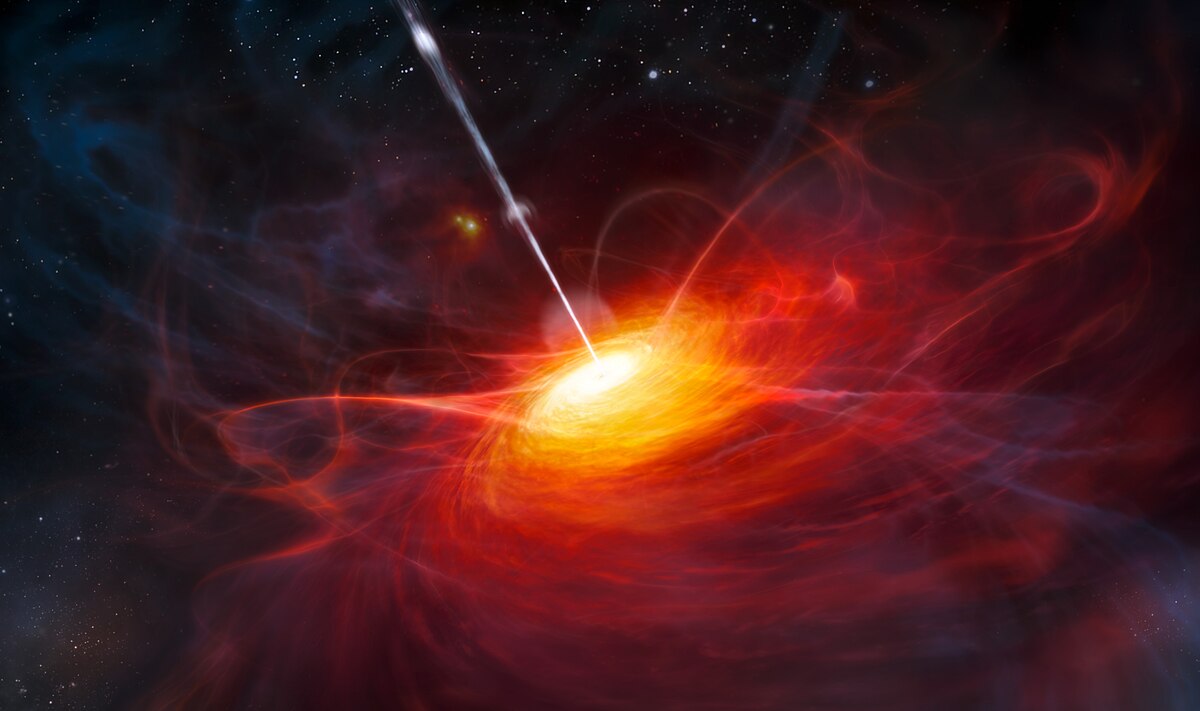
J1120+0641 "eats" so intensely that it glows like a star - Graphic image: ESO
J1120+0641 is a black hole that "traveled through space" from the era known as the "Dawn of the Universe," the first billion years after the Big Bang that gave birth to the universe.
J1120+0641 has appeared as a brilliant quasar in Earth's observatories since 2011.
In the new study, scientists used the James Webb super telescope (which began operating in 2022) to get a closer look at this mysterious object.
The term J1120+0641 refers to the fact that the light creating the image of an object requires a delay corresponding to the distance it travels to reach the telescope.
In other words, when we see something billions of light-years away, we are looking at the time and location where that light was emitted billions of years ago – that is, looking directly into the past.
This means J1120+0641 had already reached such a massive size at that time – just 770 million years after the Big Bang, or more than 13 billion years ago.
According to previously widely accepted principles, primordial black holes must be primitive and small. Over billions of years, they can grow larger through the long process of devouring matter, even merging multiple times, thus creating "supermassive" black holes.
One example of a "supermonster," Sagittarius A*, the central black hole of the Milky Way galaxy where Earth resides, weighs nearly 4.3 million times the mass of the Sun.
Therefore, an object weighing a billion suns, appearing when the universe was only 770 million years old, remains inexplicable.
Black holes in the early universe may have been more "voracious" than the monstrous black holes we see today. However, black holes can only "eat" at a certain rate, defined by the seemingly unbreakable "Eddington limit" in physics.
Beyond this limit, the heated material will glow so brightly that the radiation pressure will exceed gravity, pushing the material away and leaving nothing for the black hole to "eat".
However, the black hole J1120+0641 has broken the Eddington limit.
It could enter a super-Eddington accretion process, where they push past this limit and devour as much matter as possible before radiation pressure takes effect.
This is one of the possible explanations for the black hole at the center of J1120+0641. This explanation would force many laws of astrophysics to change if we continue to find similar things in the early universe.
Source: https://nld.com.vn/xuyen-khong-13-ti-nam-lo-den-de-lo-dieu-khong-the-giai-thich-196240702111724631.htm
















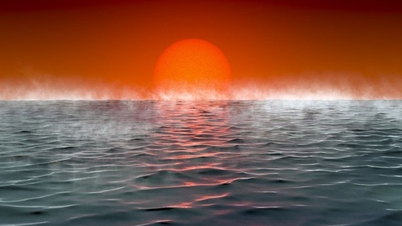


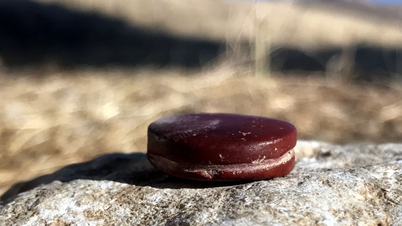








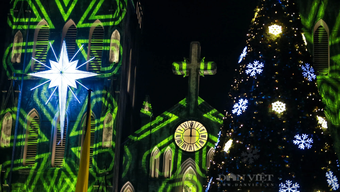
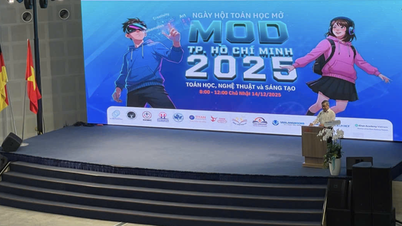






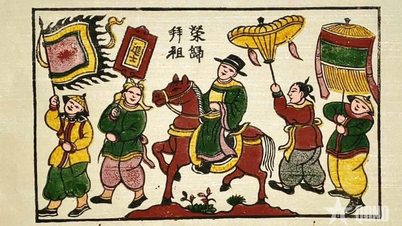







































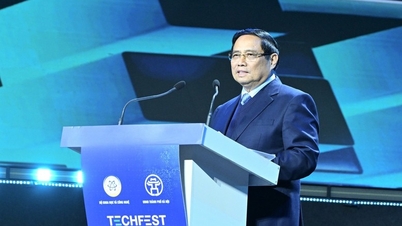






























Comment (0)